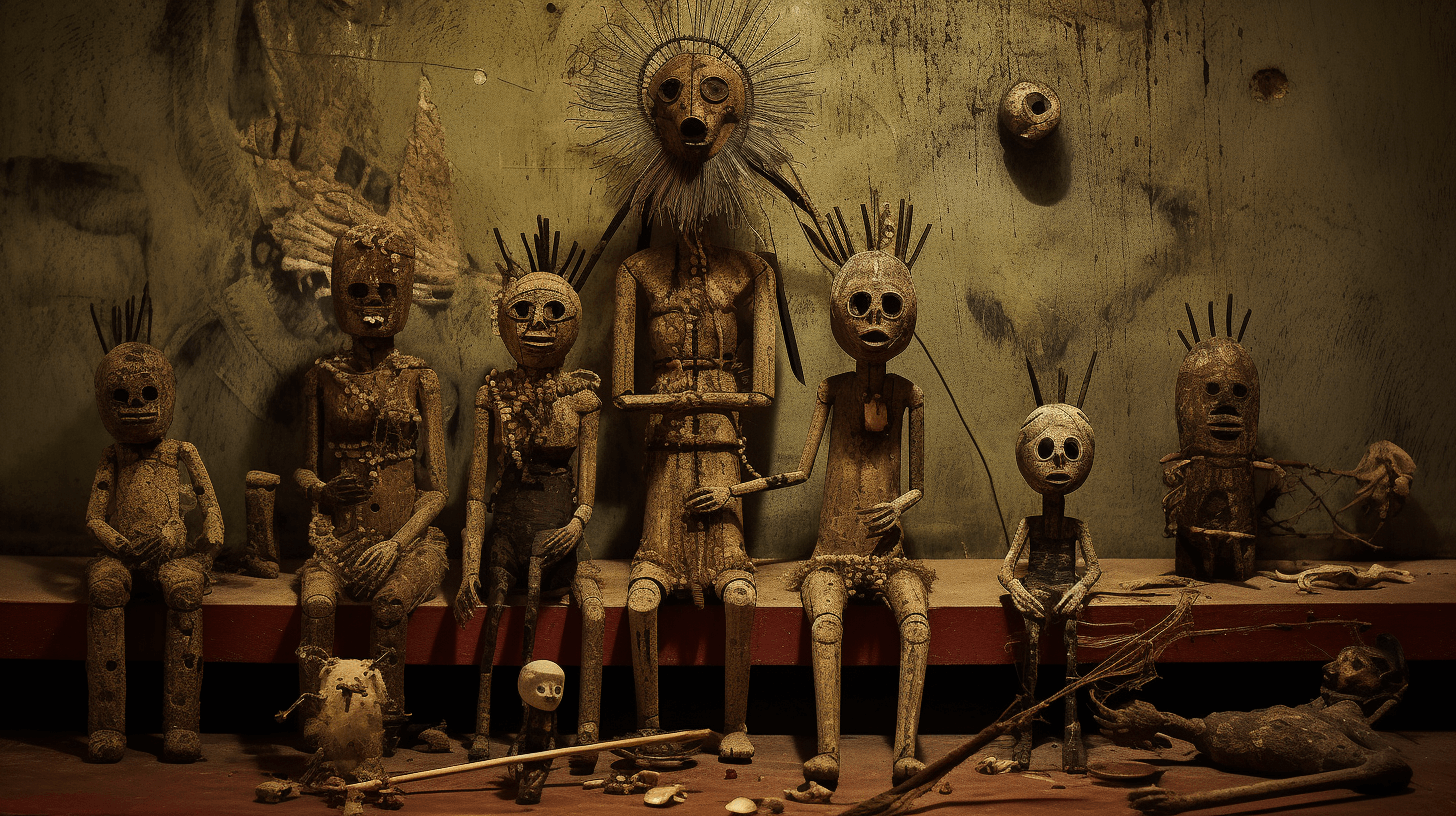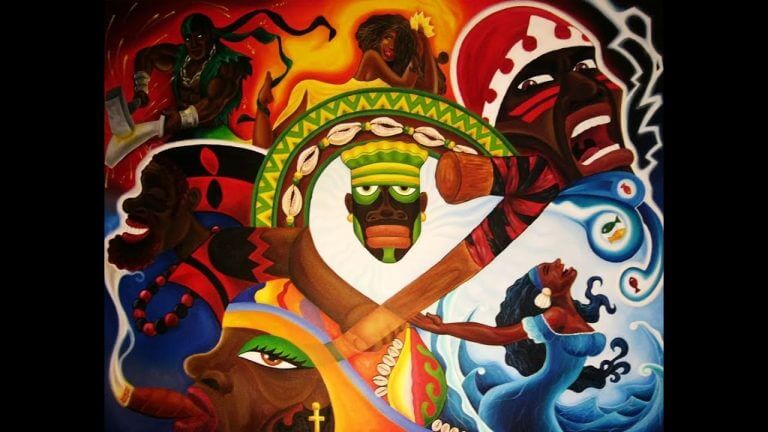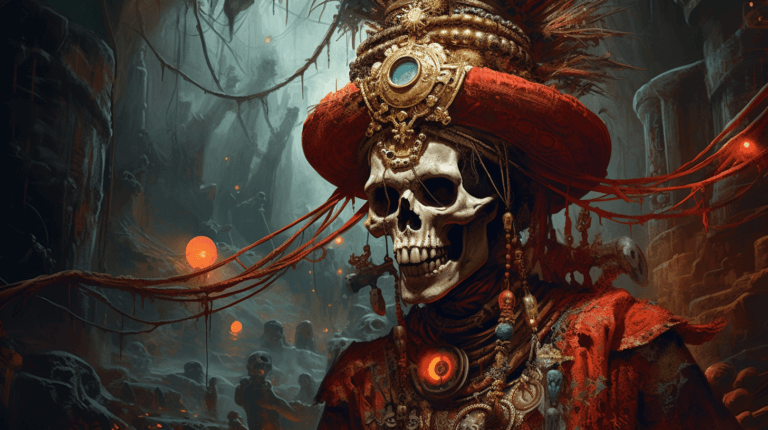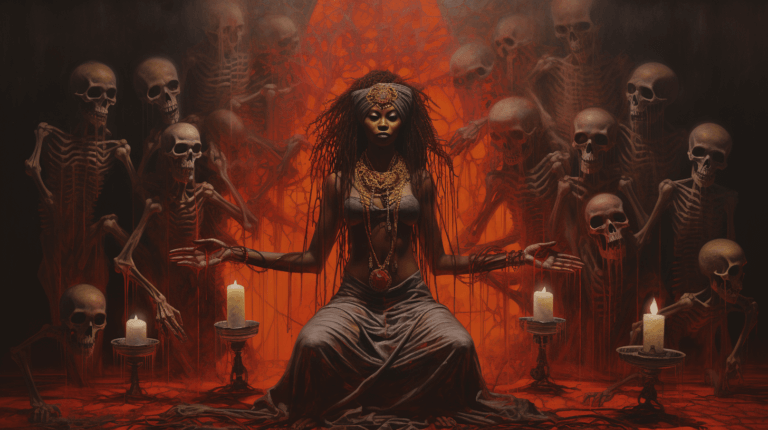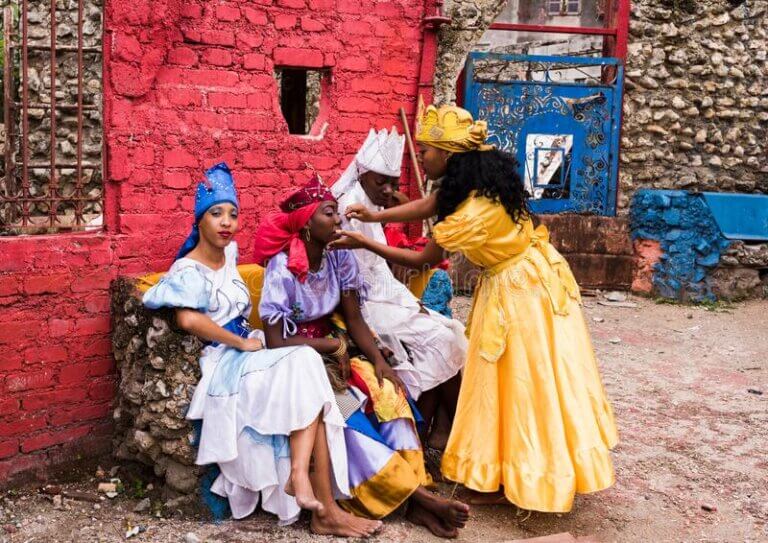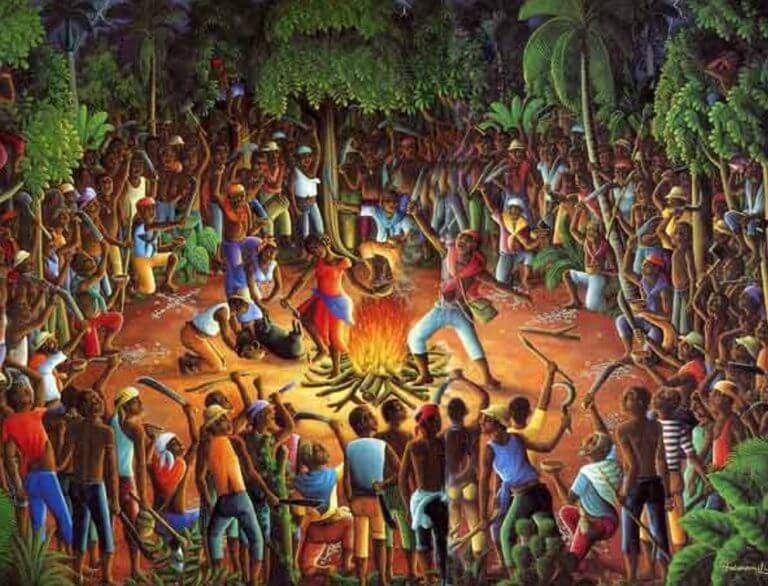A Journey Through the History of Voodoo Dolls
Introduction:
Voodoo dolls have long captivated the imagination of people worldwide, evoking a sense of mystique and intrigue. These enigmatic objects, often depicted as small, handcrafted dolls, are believed to possess the power to influence events and individuals. Originating from the rich tapestry of African, Caribbean, and Haitian traditions, the history of voodoo dolls is as diverse as it is fascinating. Join us on a journey through time as we delve into the intricate web of cultural and spiritual influences that have shaped the voodoo doll’s captivating history.
Ancient Roots:
The roots of voodoo dolls trace back to the ancient spiritual practices of West African tribes, particularly the Fon and Ewe peoples of present-day Benin, Togo, and Ghana. These tribes held a belief in the interconnectedness of all living beings and the existence of spirits that could be harnessed for both benevolent and malevolent purposes.
In these early practices, priests and spiritual practitioners crafted figurines representing deities, ancestors, and spirits, imbuing them with special energies. These figurines served as vessels through which communication with the spiritual realm was established, and blessings or curses could be transmitted.
Transatlantic Journey:
The history of voodoo dolls took a significant turn during the transatlantic slave trade. As millions of Africans were forcibly transported to the Caribbean and the Americas, they brought with them their rich cultural heritage, including their spiritual beliefs.
In the New World, these African traditions intermingled with indigenous beliefs and the influence of Catholicism, resulting in the development of syncretic religions such as Haitian Vodou, Louisiana Voodoo, and Cuban Santeria. Within these syncretic faiths, the concept of the voodoo doll began to evolve and adapt to the new cultural landscape.
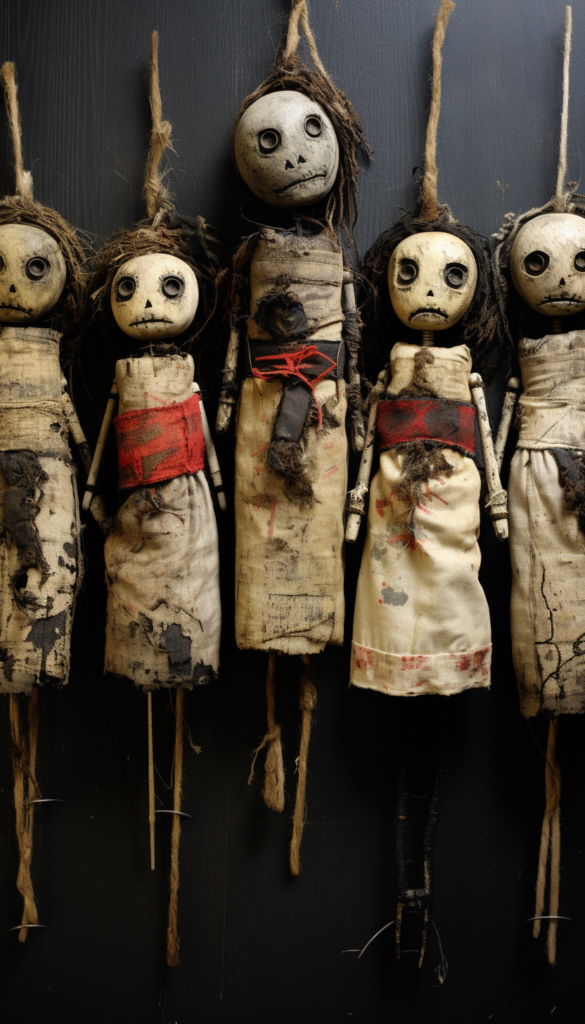
Voodoo Dolls in Practice:
In its modern manifestation, the voodoo doll became a prominent symbol associated with various spiritual practices. In some instances, the doll is utilized as a positive tool for healing and protection. Practitioners may create dolls to represent individuals and then perform rituals to enhance their well-being or seek favor from benevolent spirits.
However, it is the malevolent aspect of voodoo dolls that has captured the popular imagination. The notion of sticking pins into a doll to inflict harm upon an intended target has become a well-known trope in popular culture. This depiction, while often sensationalized and exaggerated, is based on a blend of fact and fiction from historical accounts.
Misconceptions and Popular Culture:
Misconceptions surrounding voodoo dolls have perpetuated through various forms of media, contributing to a sensationalized image of the practice. In reality, the use of malevolent voodoo dolls, as seen in movies and literature, is not a central aspect of authentic voodoo traditions. Such practices, if they exist at all, are far from the norm and typically considered unethical within these belief systems.
Respect and Reverence:
It is crucial to recognize that voodoo dolls, in their original cultural context, are objects of reverence and spiritual significance. They are not to be taken lightly or used as a means of harmful manipulation. Just like any other spiritual practice, voodoo and its associated traditions deserve respect and understanding.
Conclusion:
The history of voodoo dolls weaves a tale of cultural resilience and spiritual adaptation. Emerging from the ancient beliefs of West African tribes, these enigmatic figurines have traversed continents and centuries, evolving into the diverse and intriguing symbols they are today. It is essential to separate the sensationalized portrayal of voodoo dolls in popular culture from the profound spiritual practices they represent within their cultural contexts. By doing so, we can appreciate the richness and complexity of these traditions while fostering a deeper understanding of the diverse tapestry of human beliefs.

